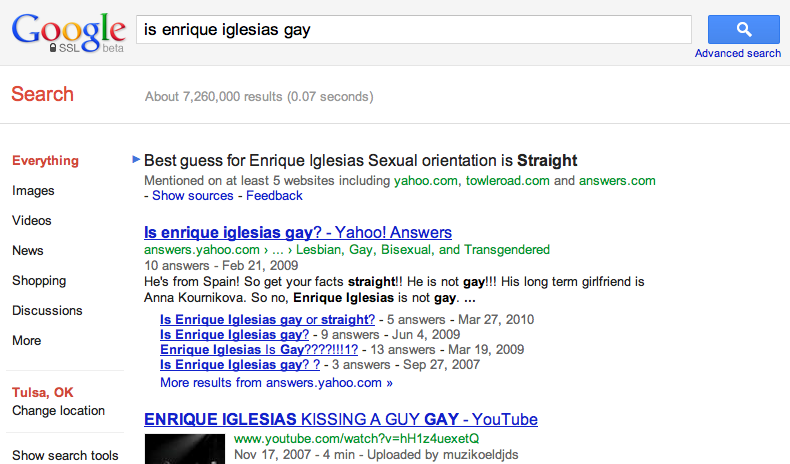The Googlebot is Google’s automated program for searching and indexing content on the Internet. In the realm of SEO, the first part of good optimization is all about crafting textual content that’s visible and makes sense to Googlebot. After Googlebot indexes a page, the Google algorithm takes the content text and automatically ranks it on the search results page according to the search terms that the user enters into Google search. If your optimized website performs well for the term “electronic widgets,” for example, the Google algorithm will place your site near or at the top of the search results whenever someone uses Google to search for “electronic widgets.” Did you know that in addition to its automated components like Googlebot and the algorithm that Google also uses human site raters in the ranking of websites?
Google employs hundreds of site raters who rate a huge number of websites on relevancy. The input collected from this team doesn’t directly influence the search results, but it does influence the Google engineers in changing the algorithm to better serve more relevant results to the search engine user.
In this great video, Google senior software engineer Matt Cutts, demystifies this process by explaining how human website raters are used in testing changes to the Google algorithm. Essentially, after a change to the automatic search ranking is made, Google performs many test queries and evaluates what has changed in the results. The new search results are checked against the results before the change, and then presented to the human raters – in what Matt Cutts calls a “blind taste test” – to determine which set of search engine results are more relevant and useful. Only after analyzing and evaluating the feedback of the human raters are the new search results then tested with a small, carefully selected number of Internet users. Only if this last round of surveys on the algorithm change prove the results more accurate and useful will the updated algorithm be integrated into Google Search for the use of the public. It’s an exhaustive process, but that’s how much Google wants its search engine to be the most relevant on the web.
Watch the video here:




